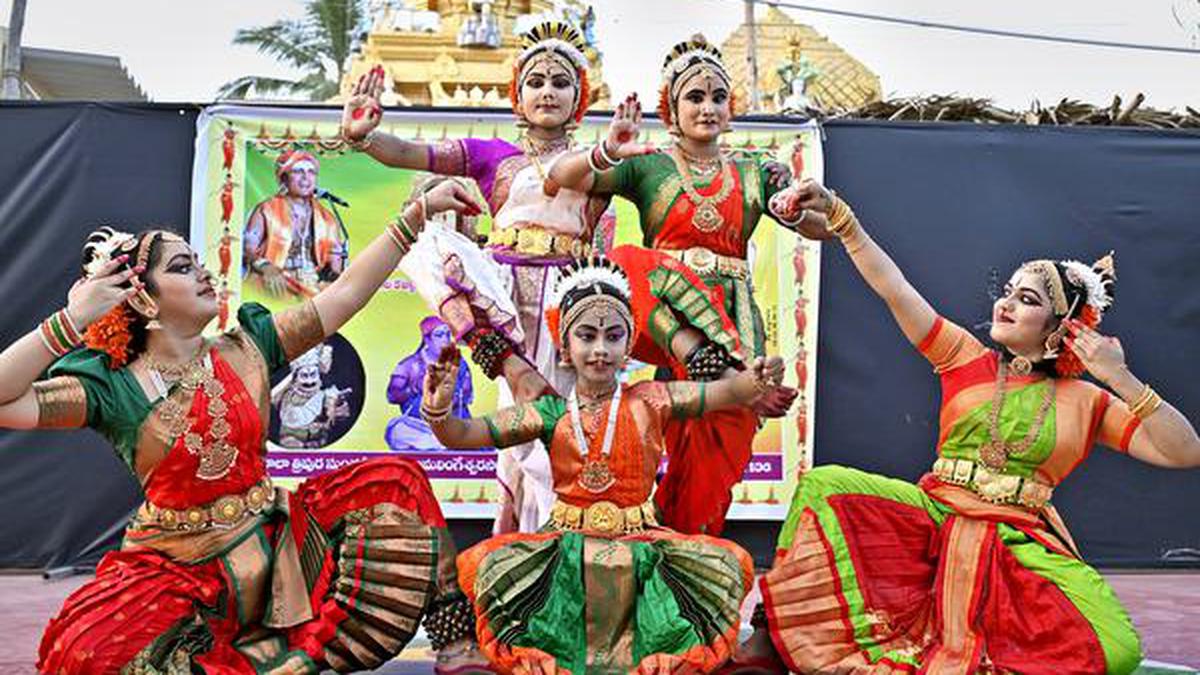
Kuchipudi: a tale of artistes’ struggle for survival
The Hindu
Kuchipudi village in Vijayawada holds rich cultural heritage, struggling to preserve classical dance tradition amid modern challenges.
Every middle-aged artiste in Kuchipudi, a village in Krishna district, fondly reminisces how, in their childhood days in the 1980s, children would perform a dance-drama in the evenings in the front yard of their houses to the songs rendered by women, mostly their mothers.
This remains a cherished memory of every person, belonging to the families of gurus, including Mruthyunjaya Sarma, a trained dancer in Kuchipudi, one of the nine classical forms of dance in the country.
“These days, such sights have become obsolete because the younger generation is least interested in continuing the legacy,” says Mruthyanjaya Sarma, a dance teacher in Hyderabad who had come to the village during the the annual festival of Goddess Bala Tripuraneni Sundari Kalyanam at Kuchipudi village in March.
Kuchipudi is a dance-drama performance, which used to be confined to men in the olden days. Dressing up as famous characters from the Hindu mythologies, the men would spread the message contained in these among the people.
The evolution of the dance began from being a ‘male dance’ to a classical dance with the dominance of women dancers across India. In South India, women began to patronize the classical dance after it was popularized by Padmabhushan Guru Vempati Chinna Satyam through his Chennai-based Kuchipudi Art Academy’.
Even as the gurus and dancers were worried about waning interest among youngsters, the village received a body blow in 2020 when the pandemic struck.
The dance form, which was already going through a tough phase due to lack of patronage from the Andhra Pradesh government, lost six gurus in the pandemic years.













